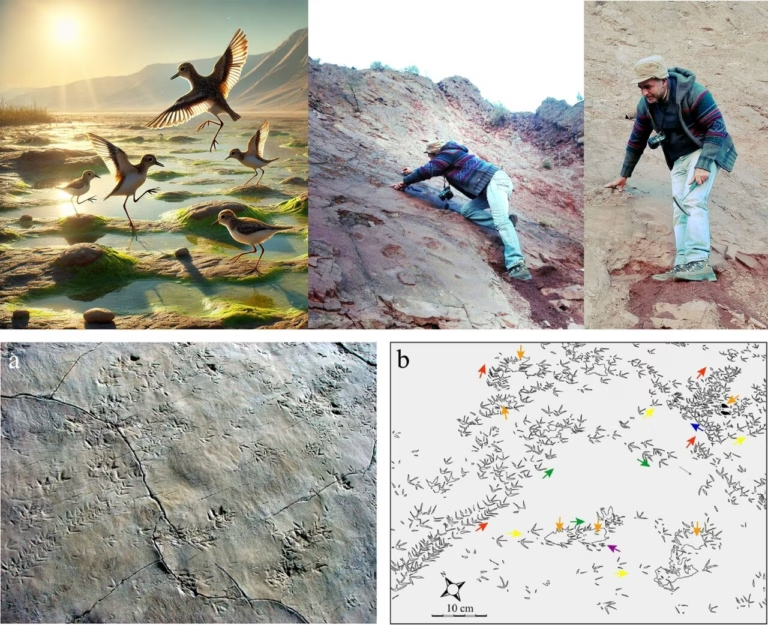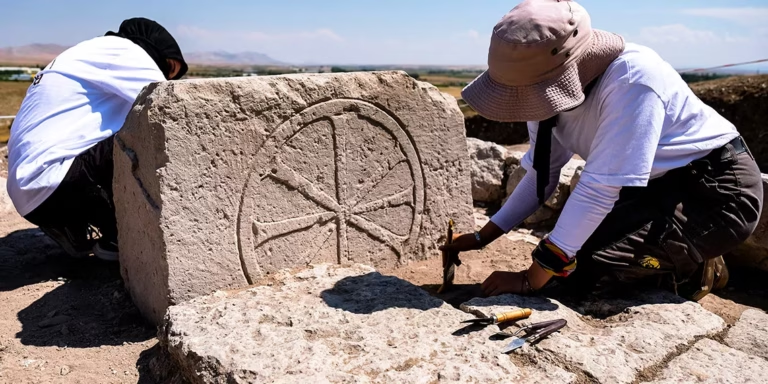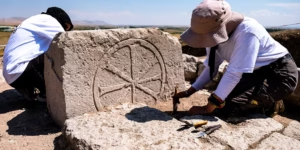Archaeologists excavating the ancient city of Samuha—modern-day Kayalıpınar in Sivas, Türkiye—have unearthed a remarkable clay tablet inscribed with a rare bird omen text, shedding new light on the Hittites’ spiritual world and divination practices.
The excavation is led by Assoc. Prof. Dr. Çiğdem Maner from Koç University’s Department of Archaeology and History of Art, under the supervision of the Turkish Ministry of Culture and Tourism.
What makes this discovery exceptional is not only the content of the text, but also the physical features of the tablet: it is inscribed on both sides, extremely well-preserved, and features a punched hole in the center, possibly used for hanging or carrying during rituals.

Divine Messages in the Flight of Birds
Preliminary readings indicate that the tablet records bird flight patterns, a key component of Hittite divination rituals. In ancient Anatolia, priests and seers interpreted signs from nature—especially the behavior of birds—as messages from the gods.
“This is an extraordinary find—not just for its preservation but also for the presence of a central hole and string mark,” said Dr. Maner. “It was likely used in ritual contexts or carried as a protective, spiritual object.”
Samuha: A Sacred Heart of the Hittite Empire
Known from both Anatolian and Mesopotamian sources, Samuha was a major religious center dedicated to the goddess Ishtar. It held strategic and spiritual importance during the height of the Hittite Empire, serving as a key site for rituals, ceremonies, and divine communication.
While the site has revealed layers from the Assyrian Trade Colonies, Hittite, Roman, and Byzantine periods, the focus in recent years has shifted to uncovering Hittite religious architecture and texts.

A Glimpse Into Hittite Bureaucracy
Alongside the omen tablet, the team has discovered more than 50 seal impressions, likely belonging to kings and high officials. These administrative artifacts suggest the presence of an archive or seal house, which the team hopes to uncover soon.
Currently, archaeologists are carefully removing Early Christian burial layers that overlay the building believed to house these ancient records.
Preserving the Past, Informing the Future
This rare find offers invaluable insights into how the Hittites interpreted signs from nature and integrated them into their religious worldview. Future studies will compare the seals and tablets with those from other Hittite sites to better understand ancient networks of trade, governance, and ritual.
Excavations will continue through mid-September 2024, and plans are underway to eventually open the site to academic study and cultural tourism.





